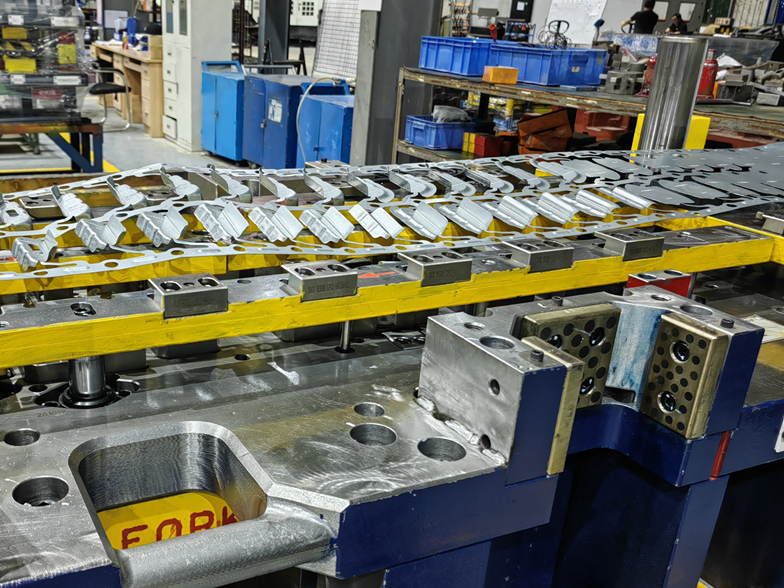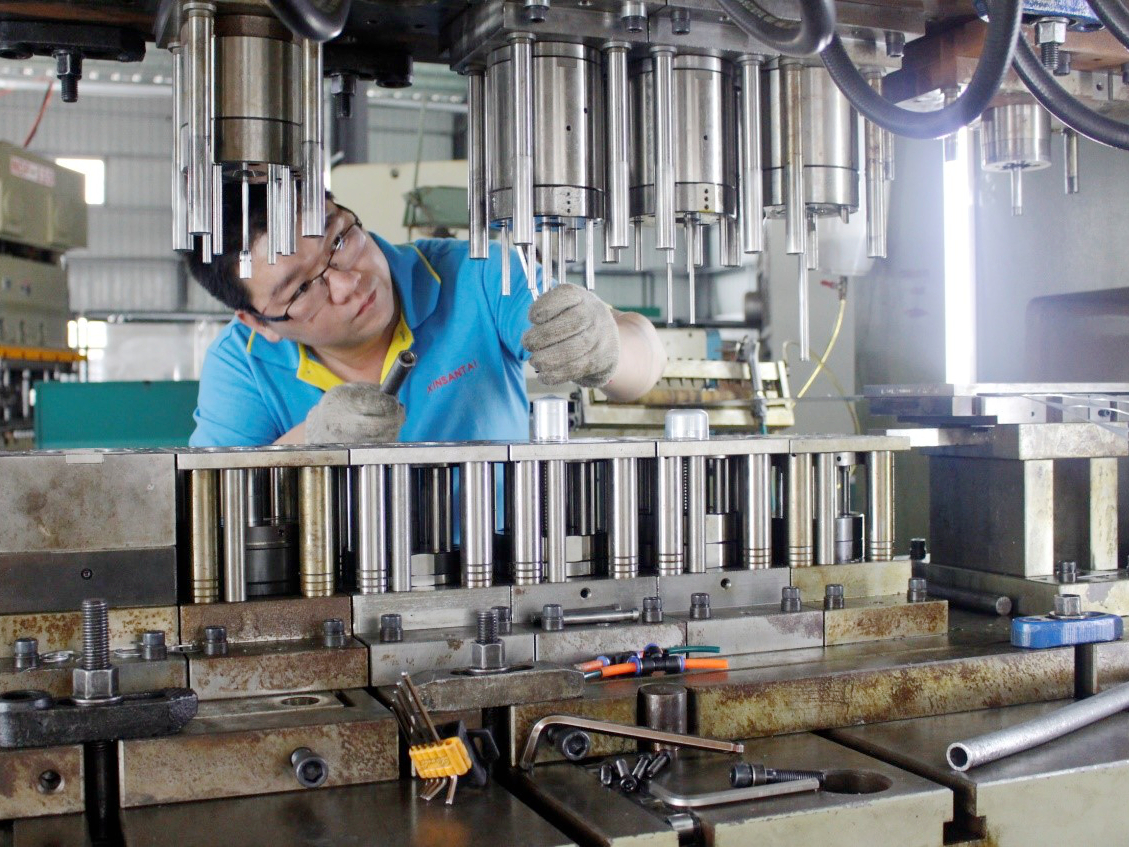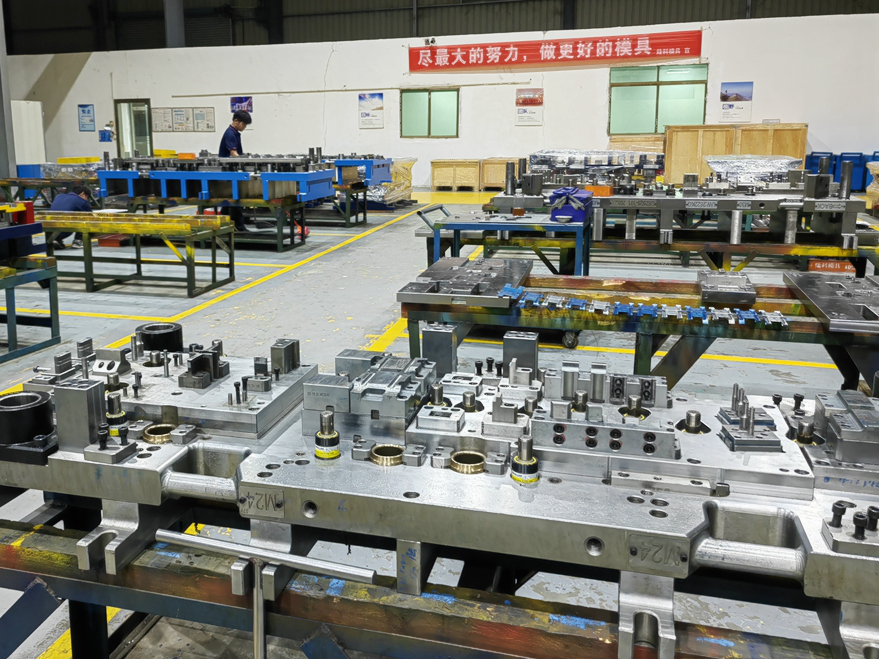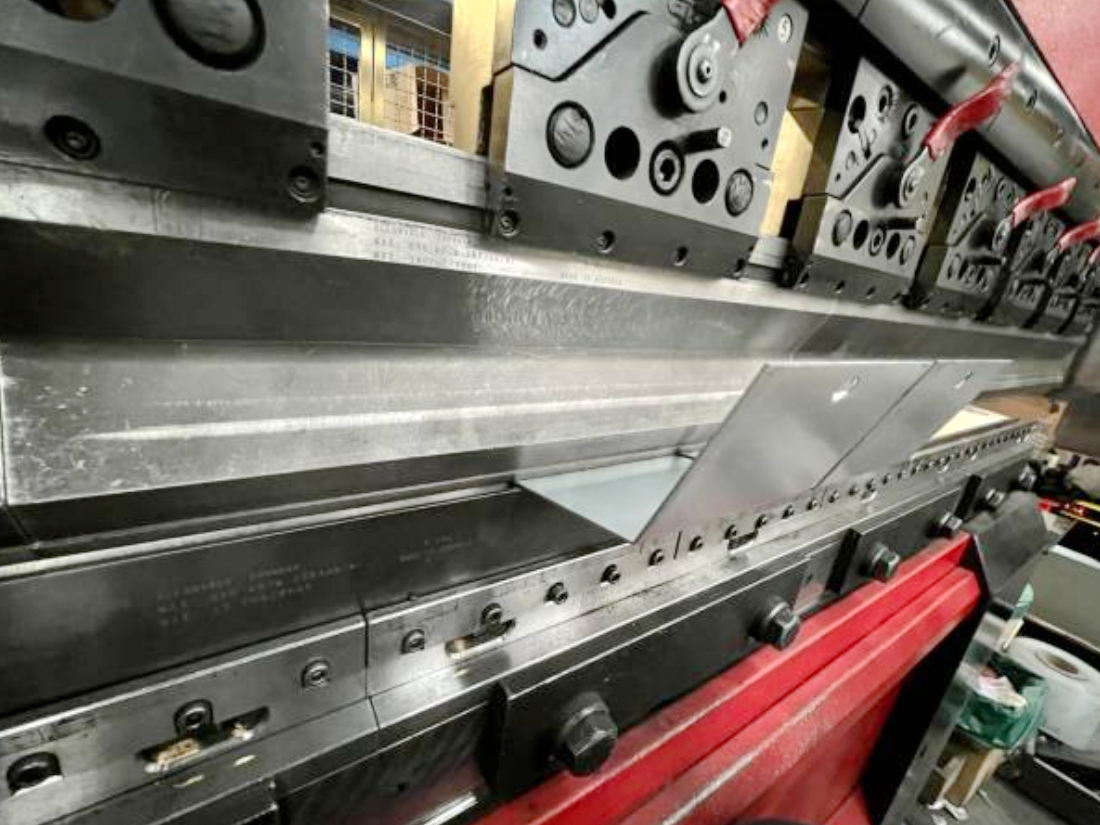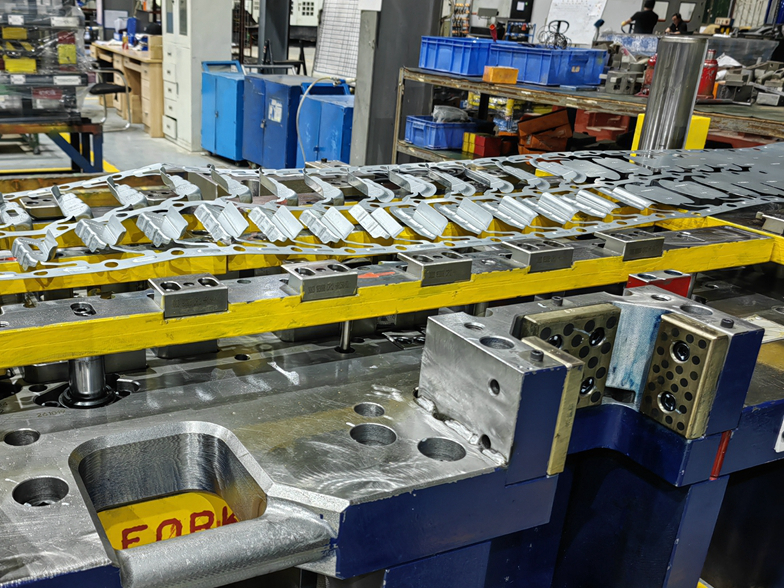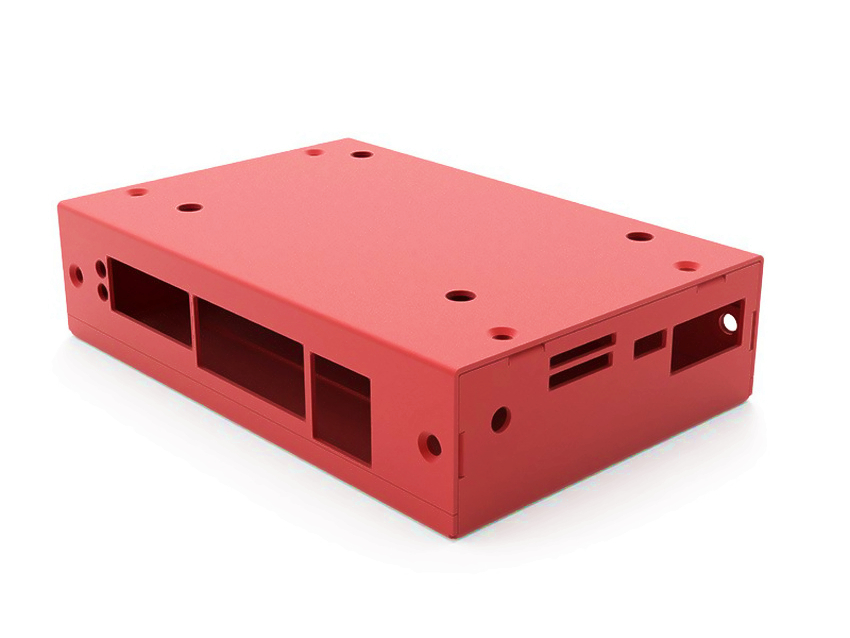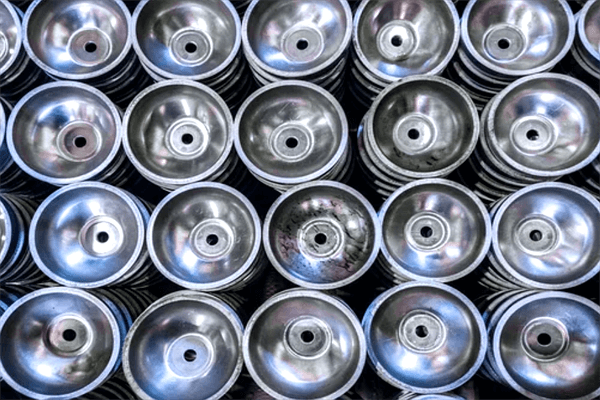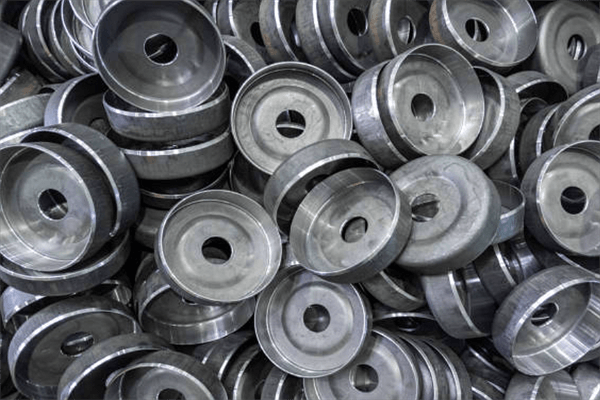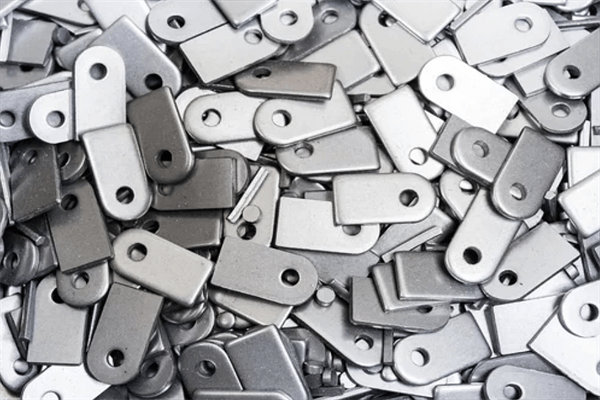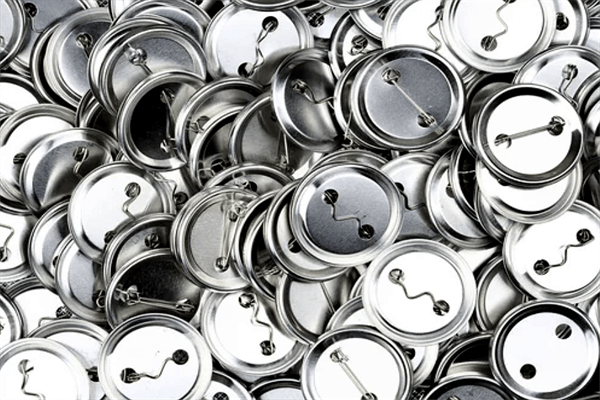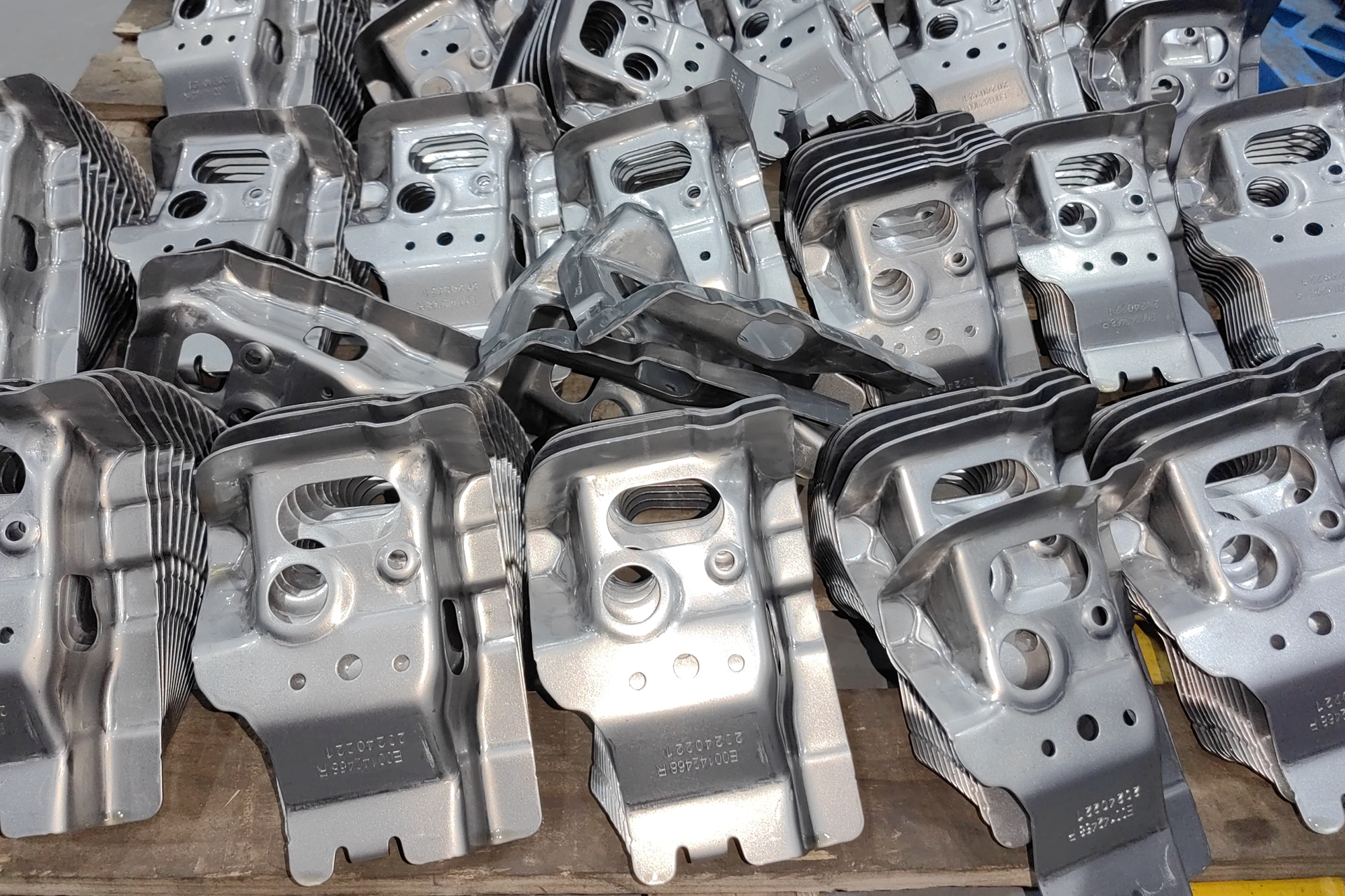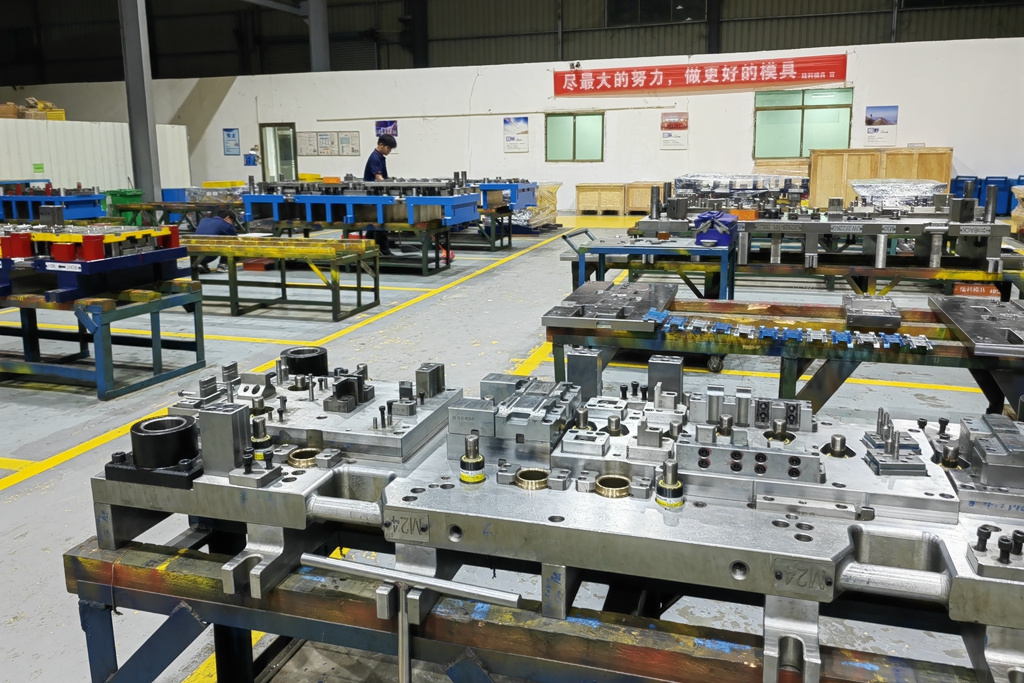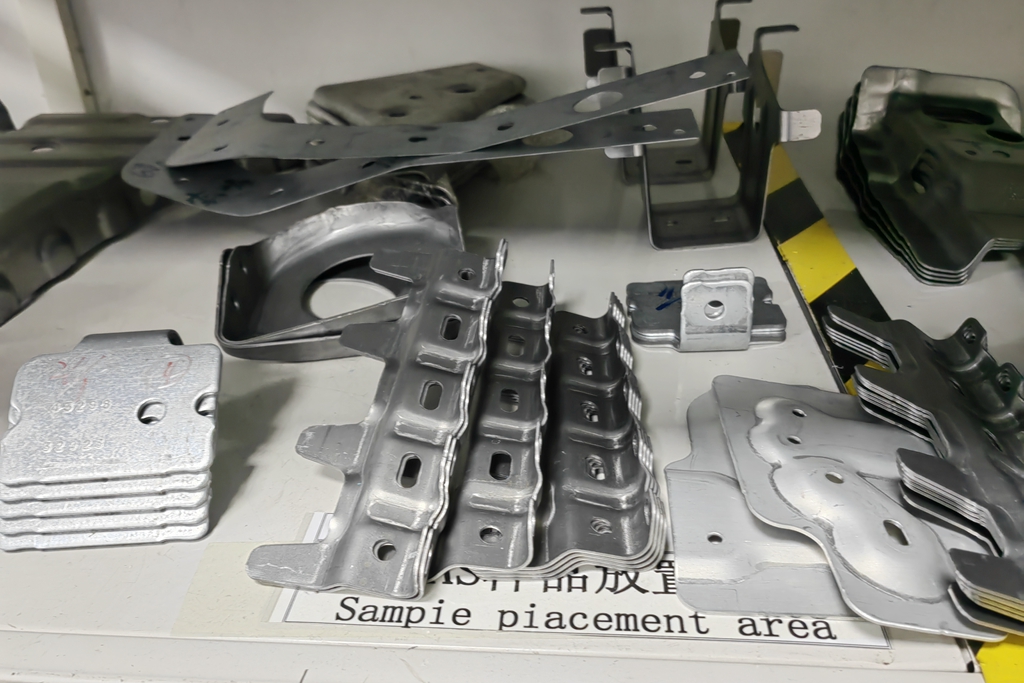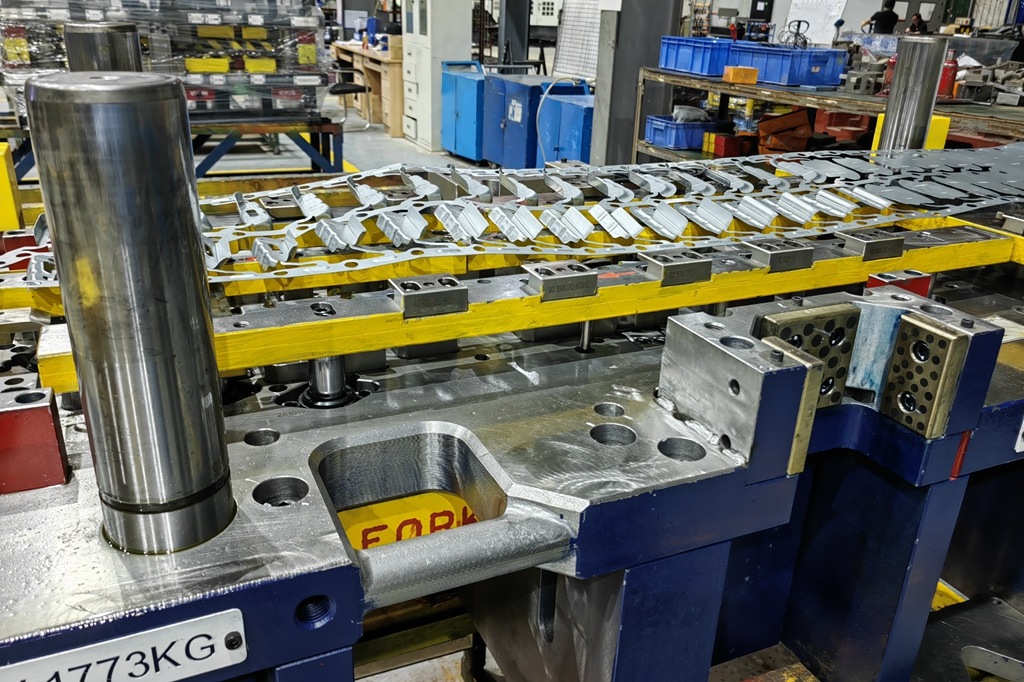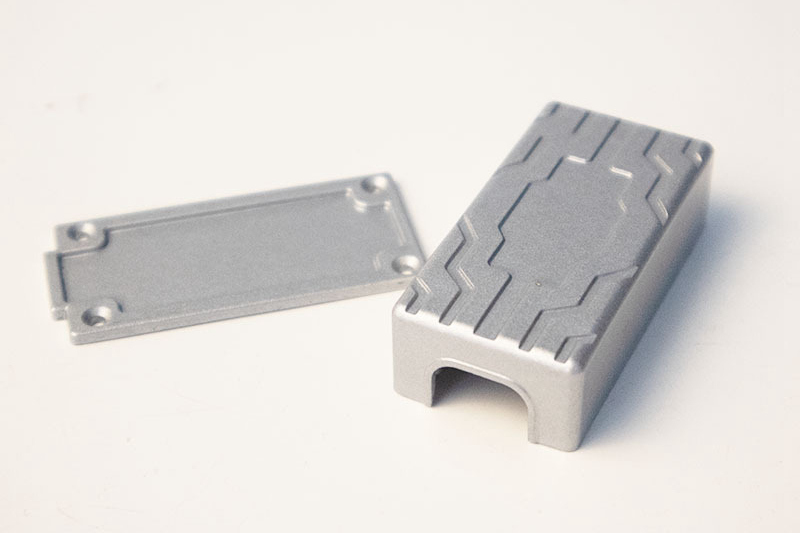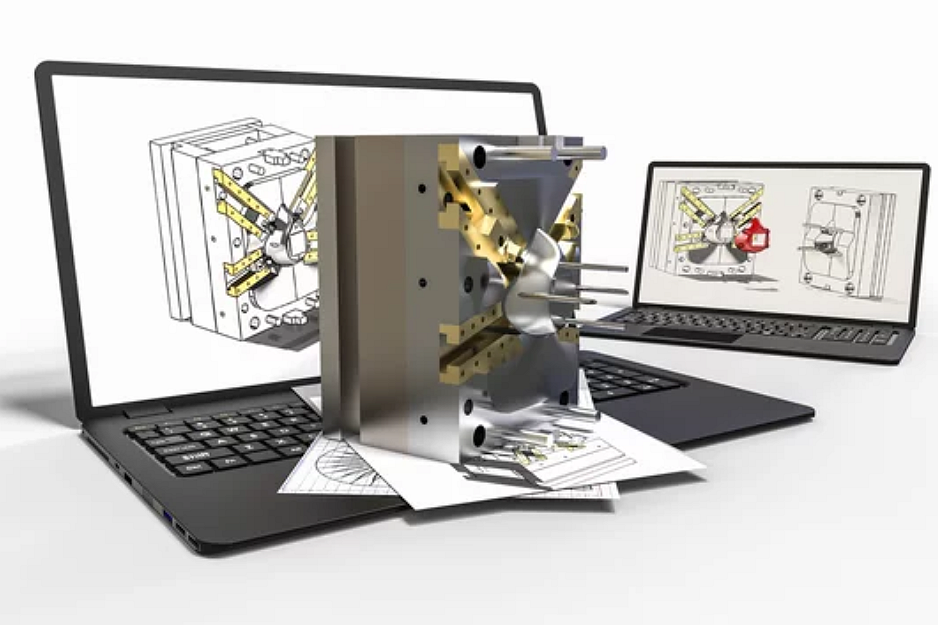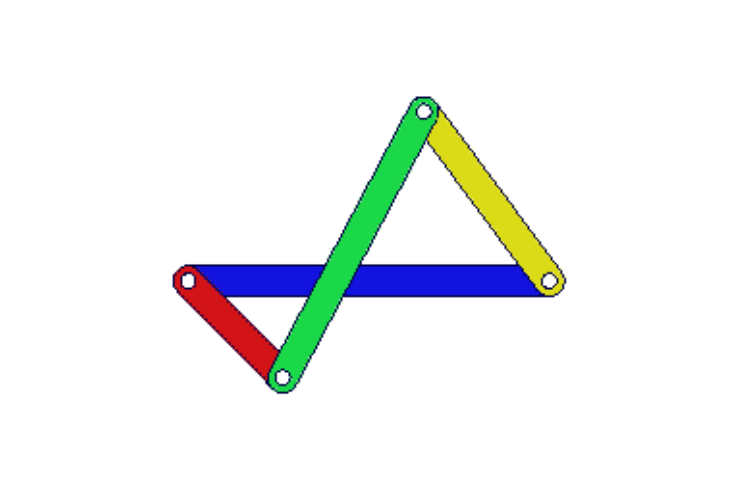Custom Online Sheet Metal Stamping Service
Our custom stamping service provides cost-effective solutions for your metal component needs. We can create high-quality parts at a fraction of the cost of traditional manufacturing methods.
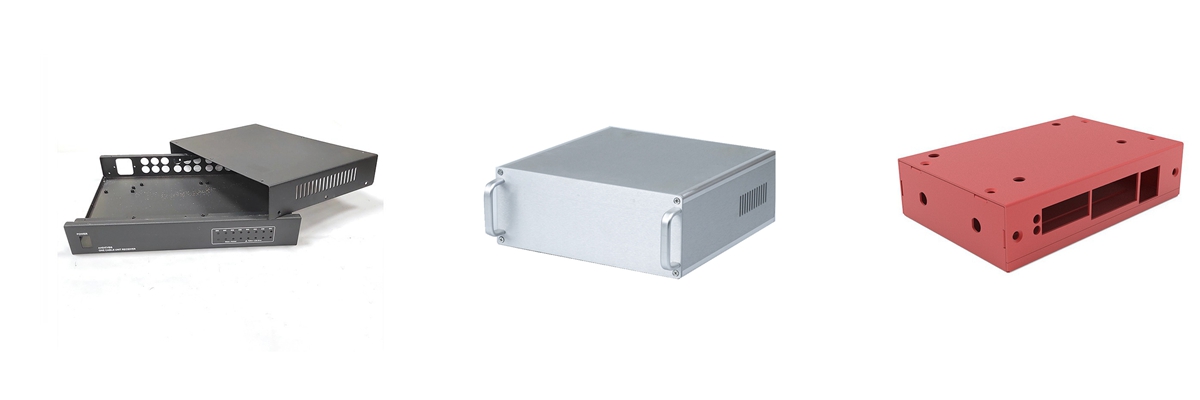
Send us your designs and specifications for a free quotation
All uploaded files are secure and confidential
What We Can Do In Sheet Metal Stamping
Sheet metal's malleability enables the creation of custom parts with diverse shapes and sizes. Neway provides custom parts stamping processing in four processes: Progressive Die Stamping, Deep Drawn Metal Stamping, Transfer Die Stamping, and Multi-Slide Metal Stamping.
What Is Metal Stamping Service
Our Metal Stamping Service delivers precision-formed metal parts through high-volume, cost-effective stamping processes. Using advanced dies and automated equipment, we produce consistent, high-quality components with intricate details for diverse industrial applications.
Applications of Metal Stamping Parts
Our metal stamping process delivers precision, speed, and efficiency for producing high-quality components. Explore the extensive range of metal stamped parts used across diverse industries.
Neway Stamping Capabilities
From prototyping to high-volume production runs, we can handle any project size with precision and accuracy. Our custom stamping service can create custom metal components for any industry, including automotive, aerospace, and medical.
Custom Parts Surface Finishing Available
Our Surface Treatment Service offers specialized finishes for custom parts, enhancing durability, aesthetics, and performance. We provide a range of processes, including Electroplating, Anodizing, Powder Coating, and Thermal Barrier Coatings, tailored to improve corrosion resistance, wear properties, and visual appeal of metal and plastic components across industries.
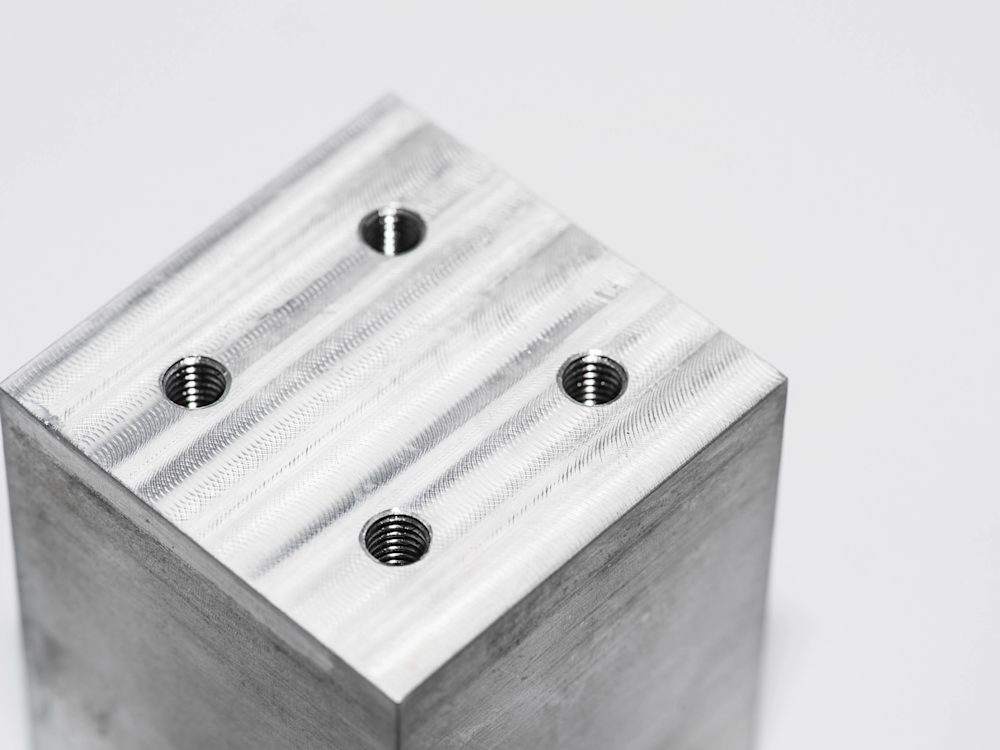
learn more
As Machined
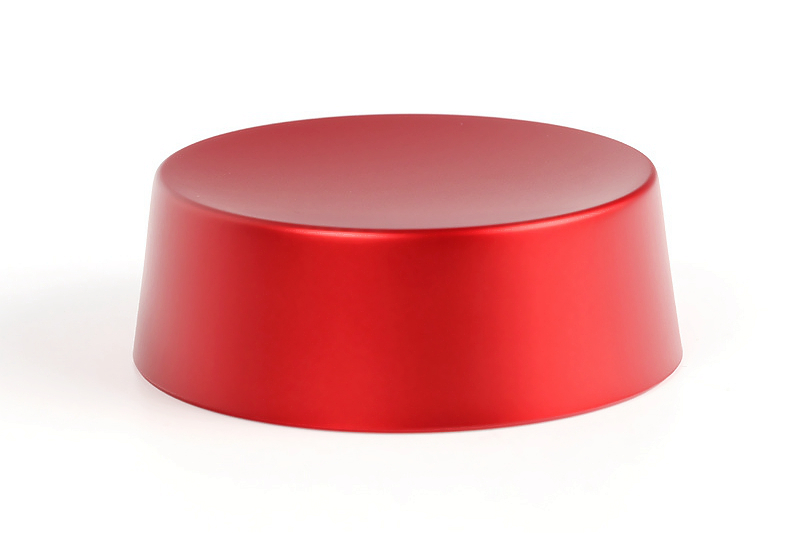
learn more
Painting
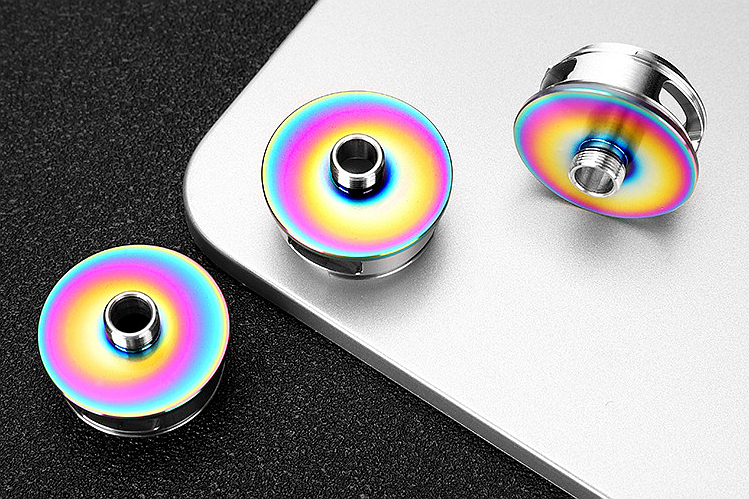
learn more
PVD
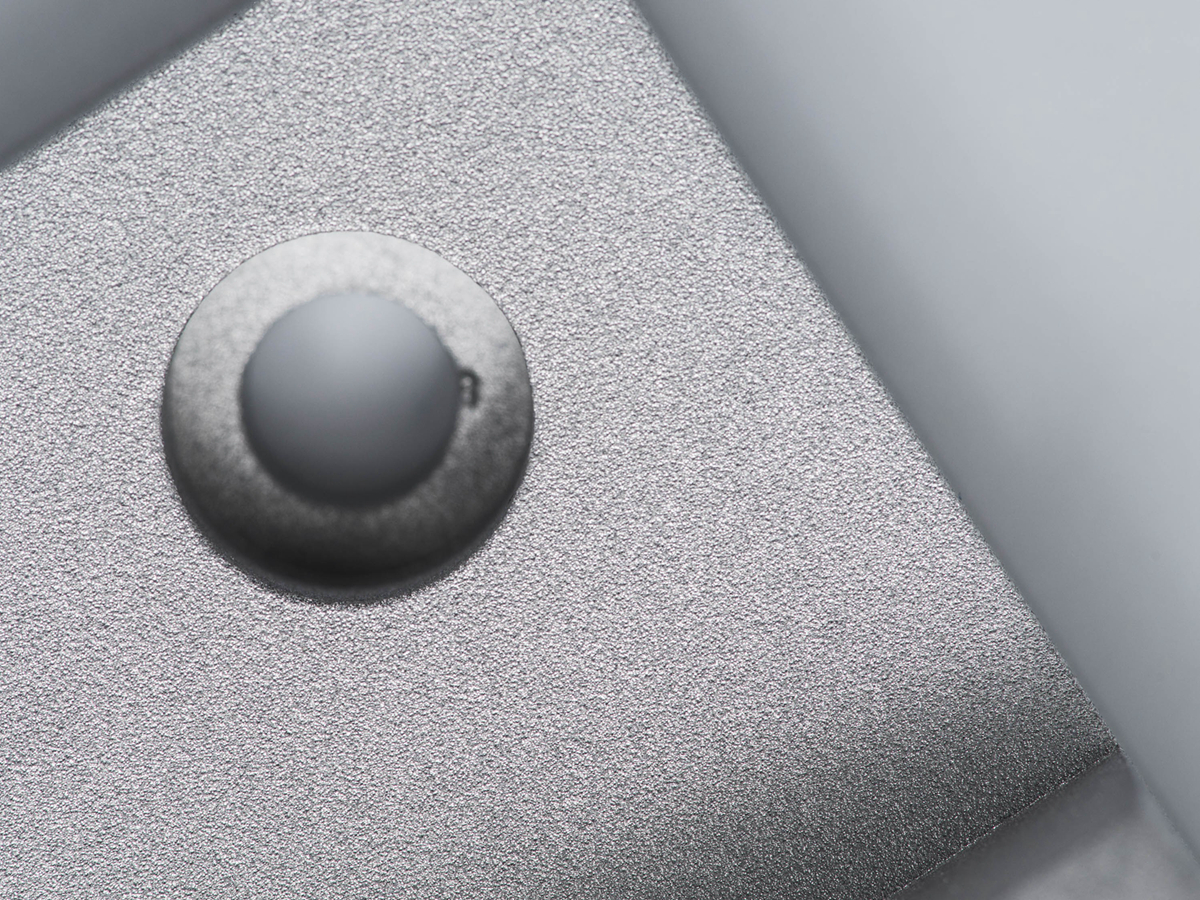
learn more
Sandblasting
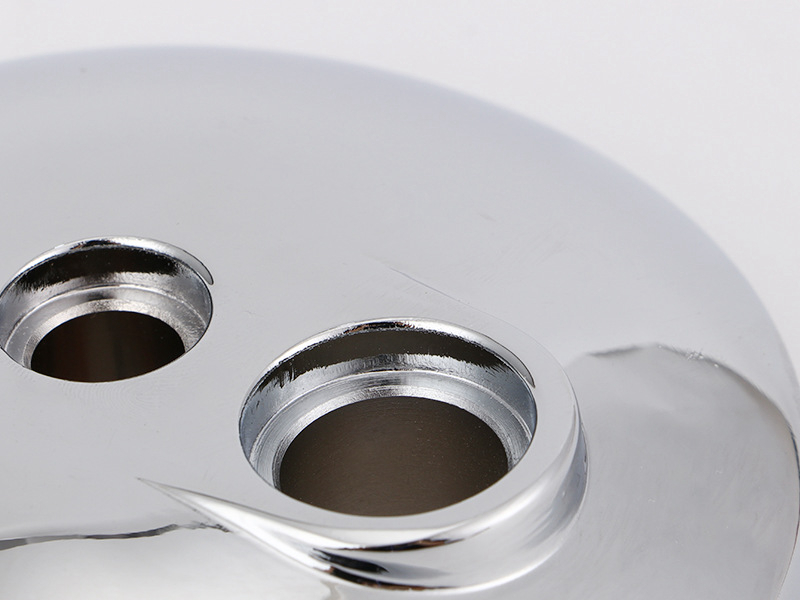
learn more
Electroplating
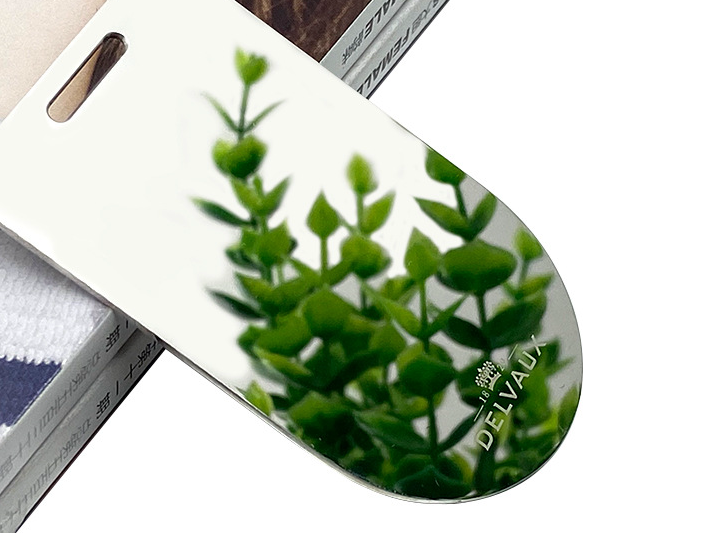
learn more
Polishing
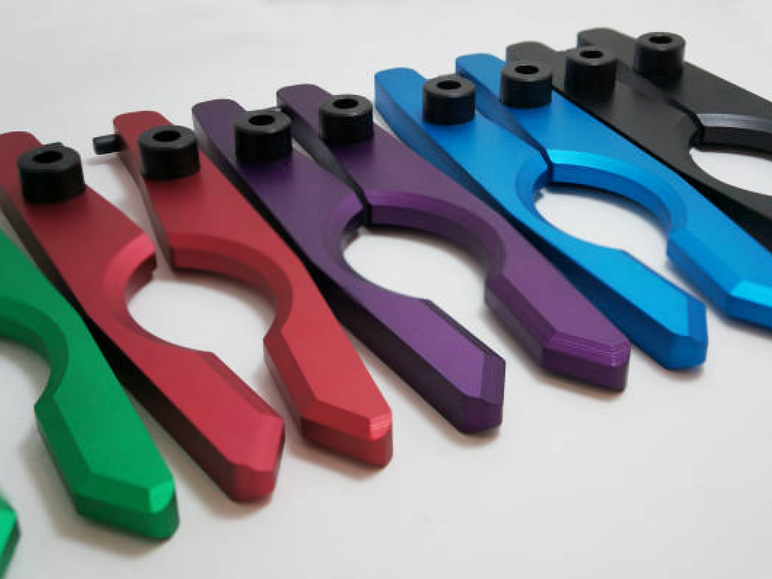
learn more
Anodizing
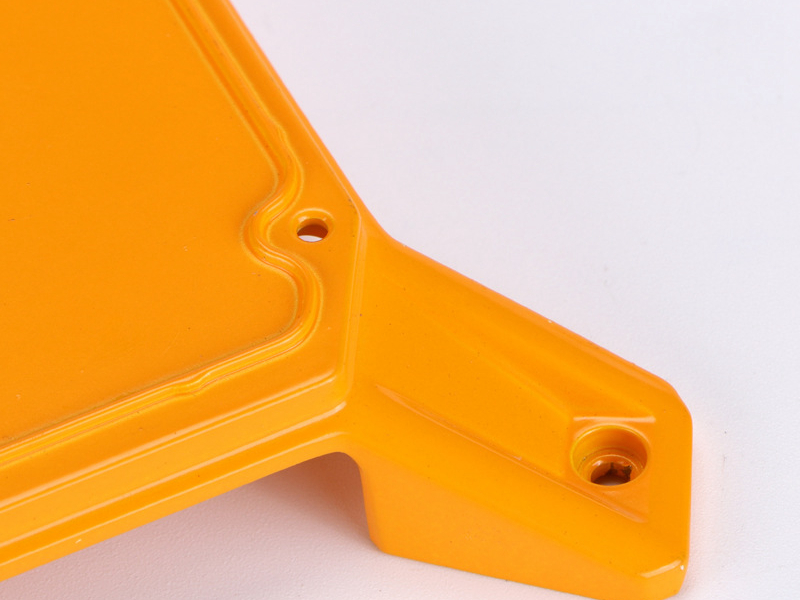
learn more
Powder Coating
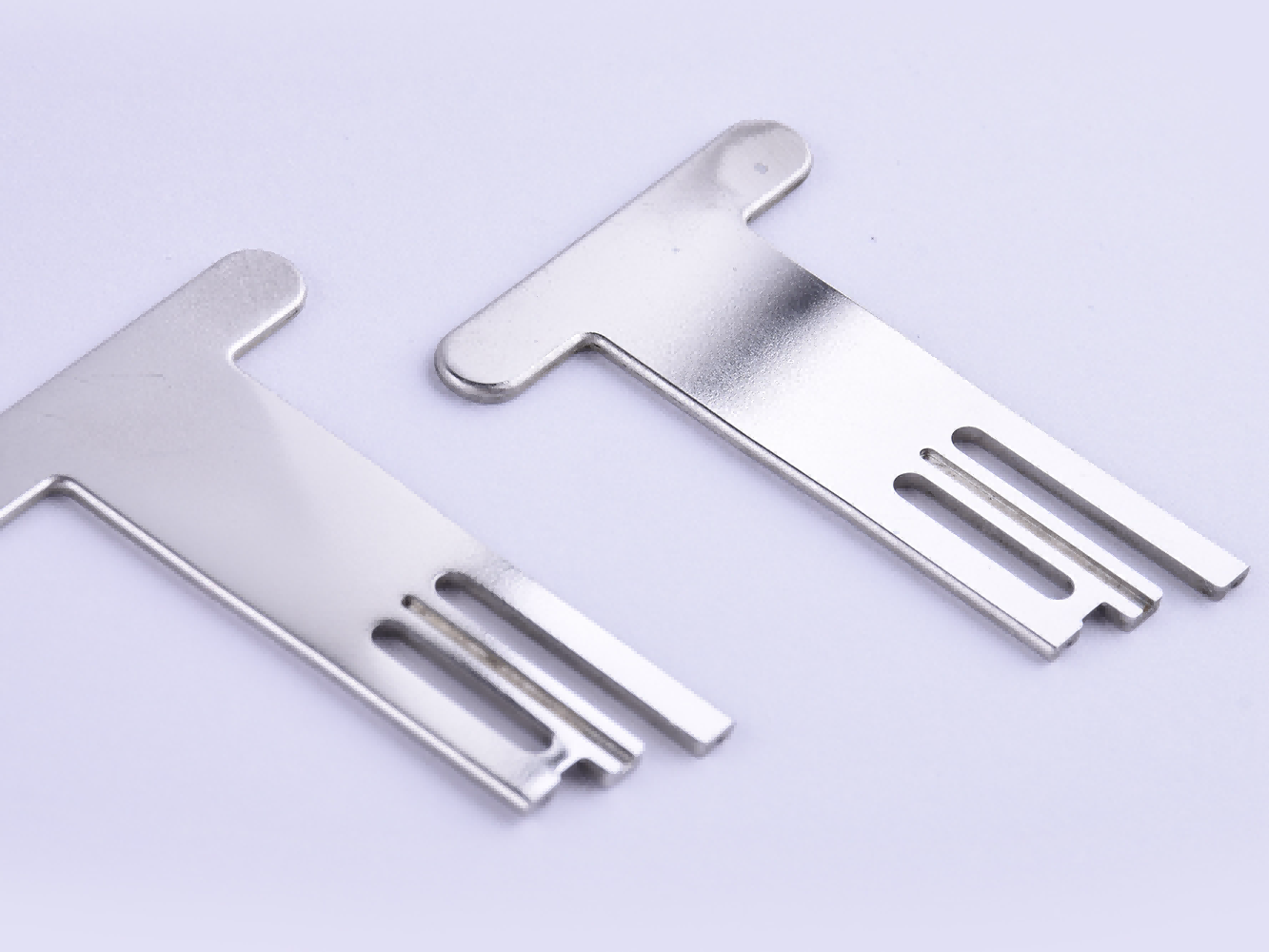
learn more
Electropolishing
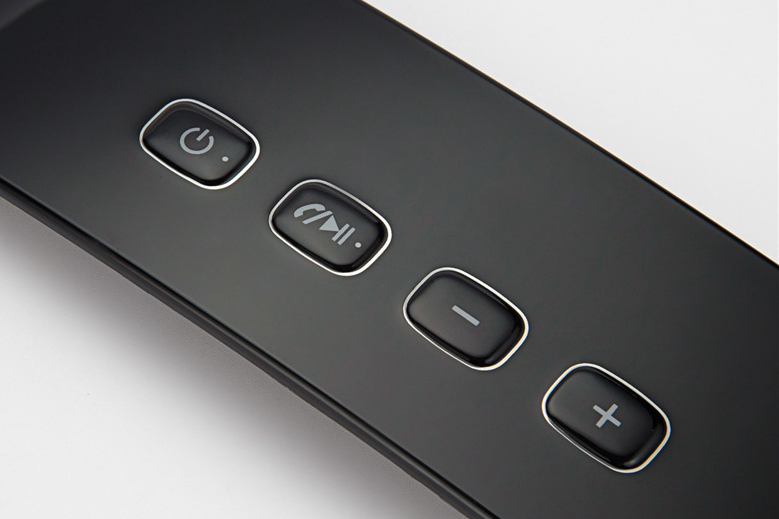
learn more
IMD
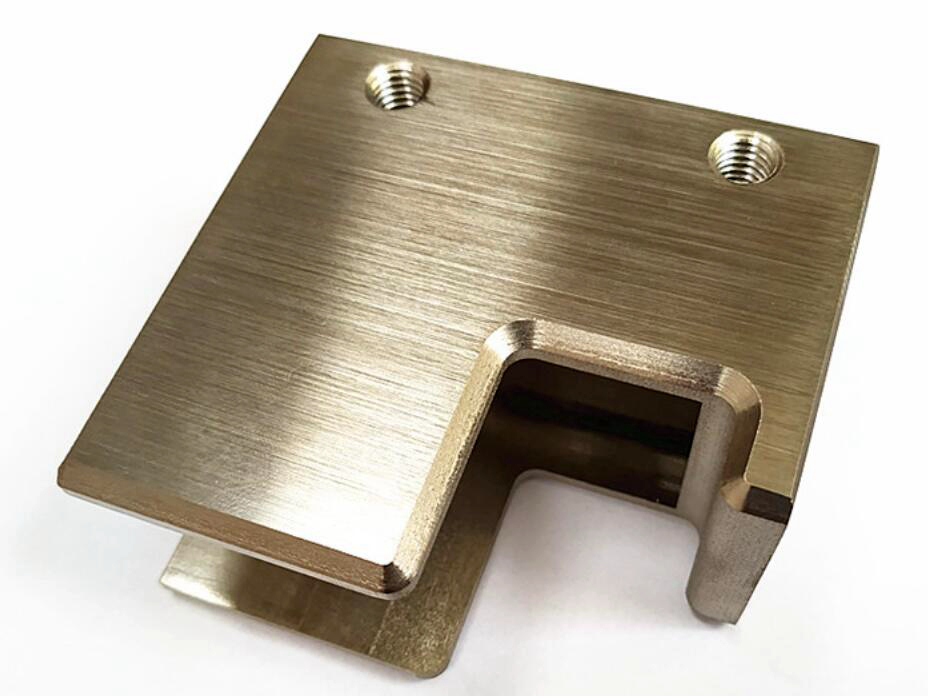
learn more
Brushed Finishes
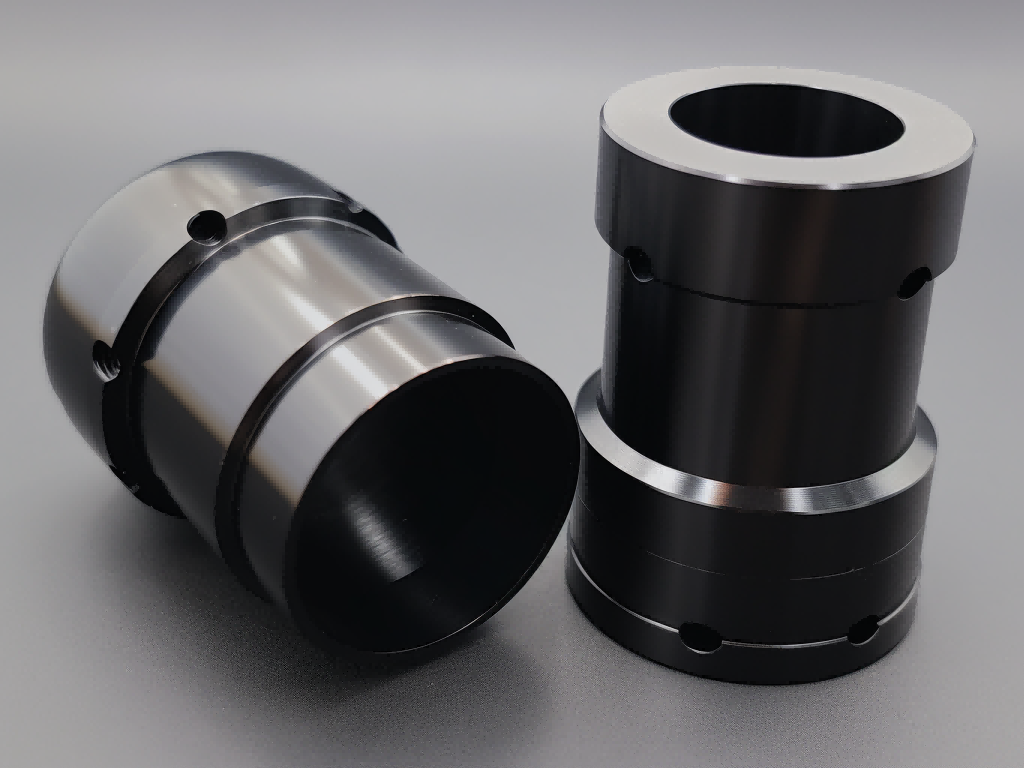
learn more
Black Oxide
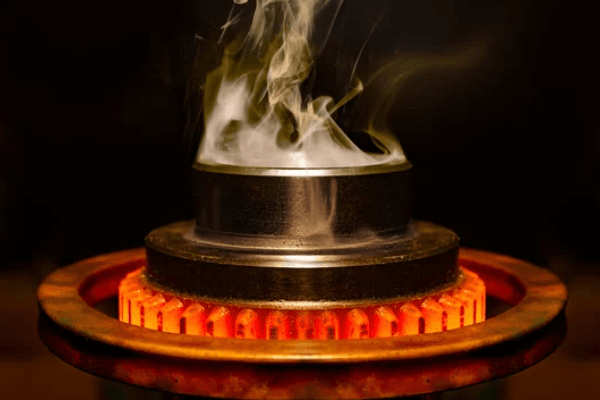
learn more
Heat Treatment
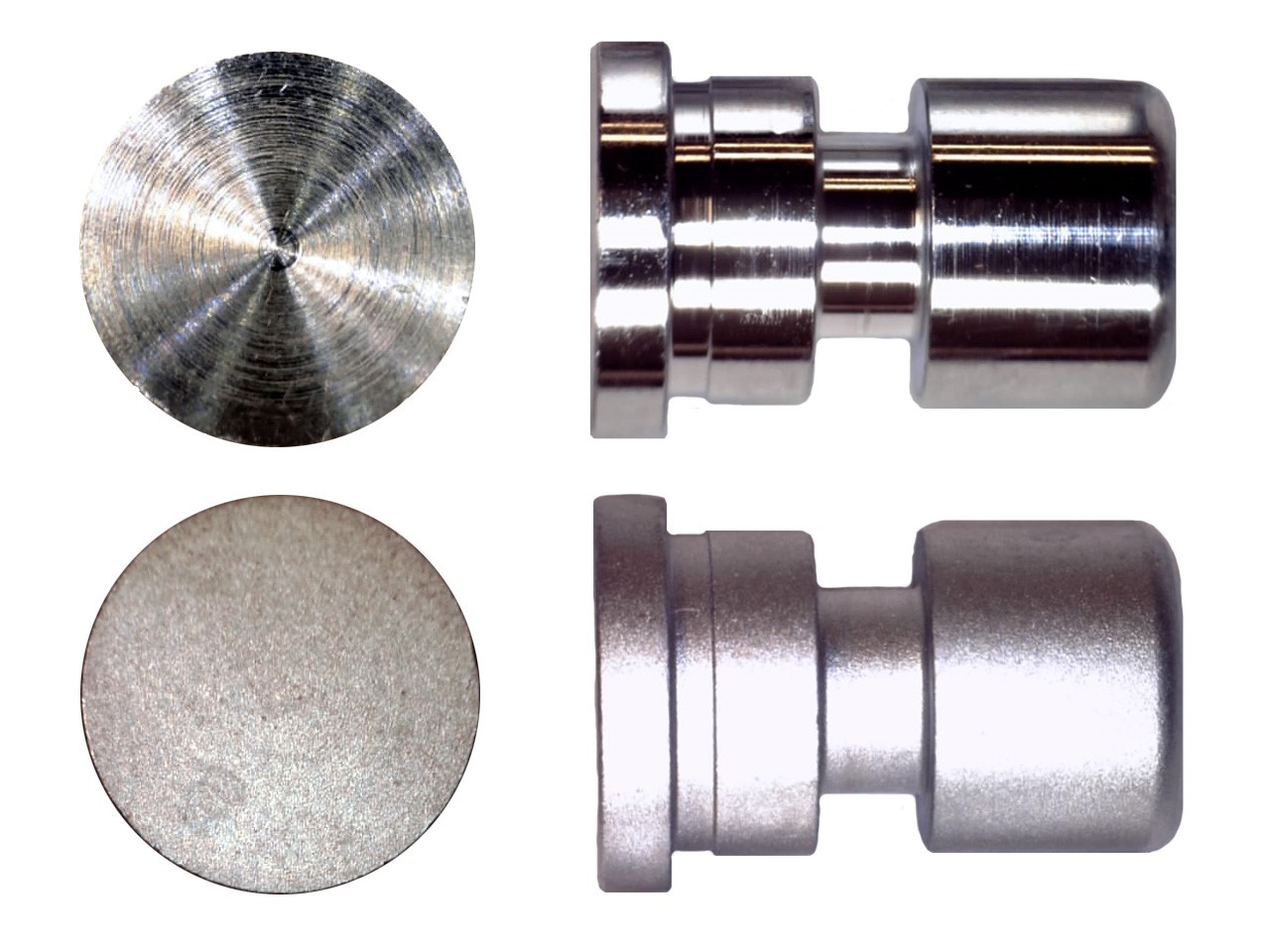
learn more
Tumbling
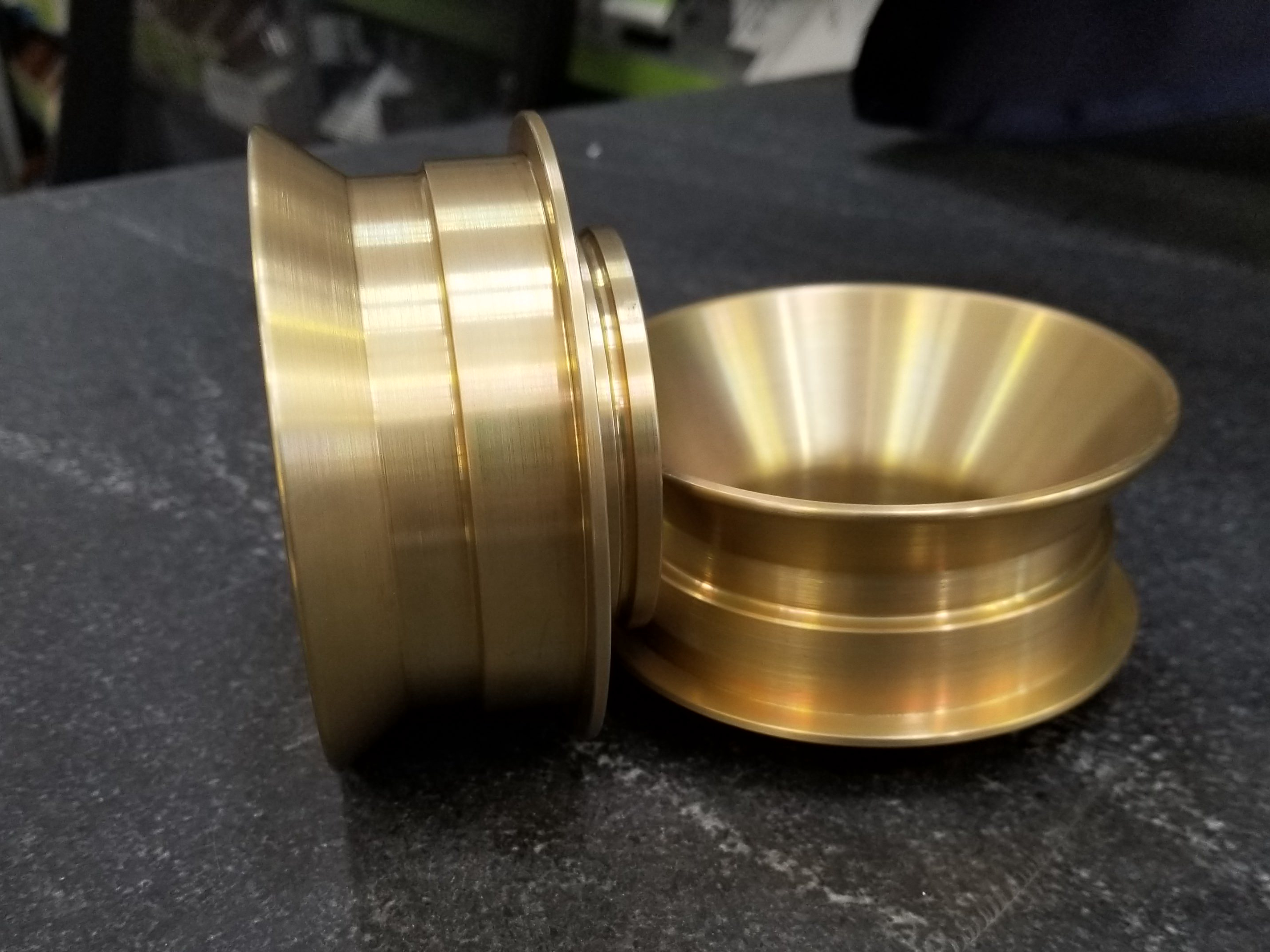
learn more
Alodine
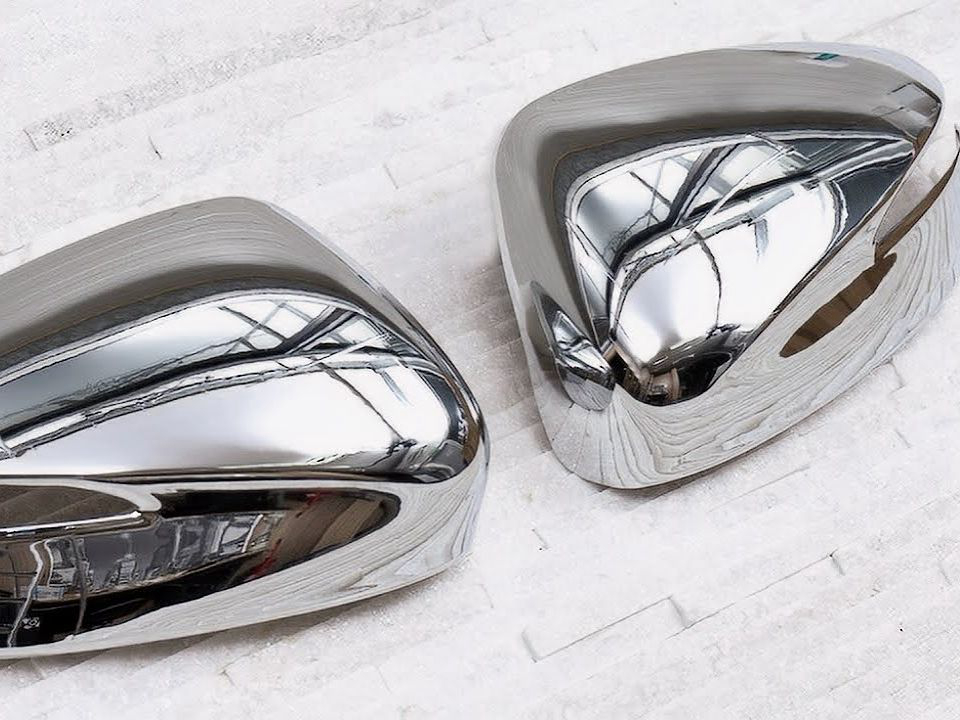
learn more
Chrome Plating
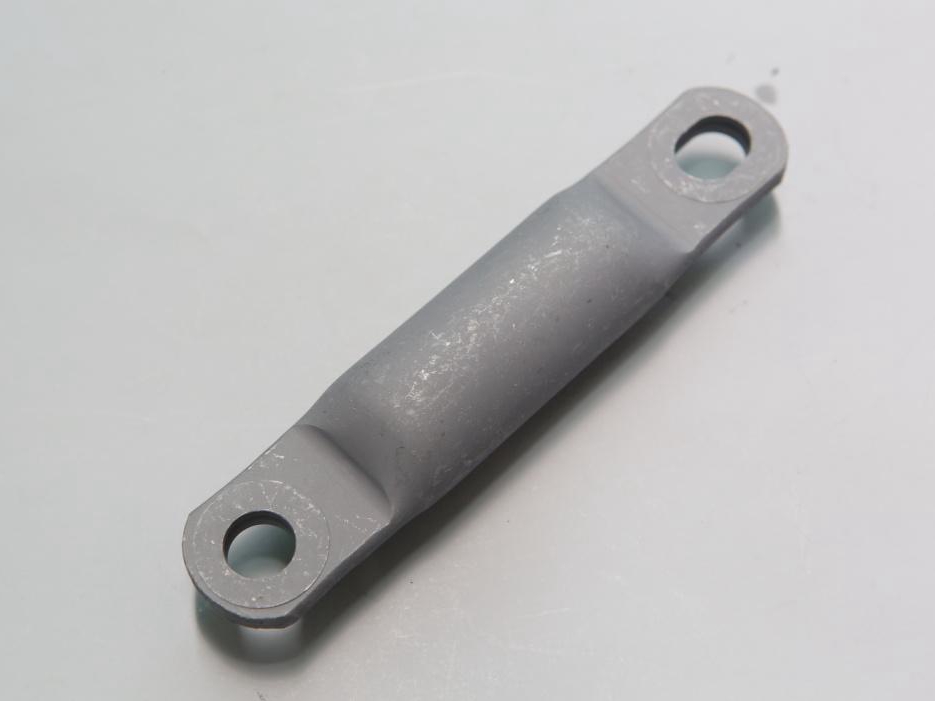
learn more
Phosphating
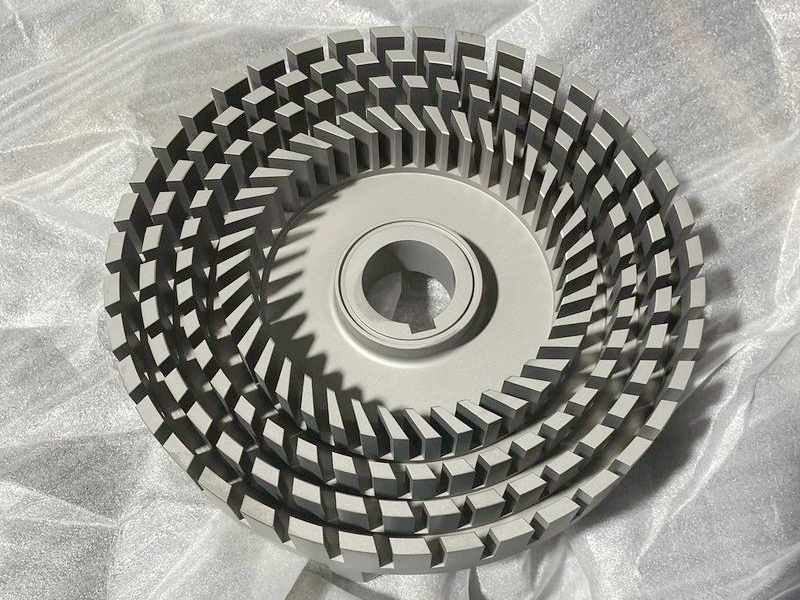
learn more
Nitriding
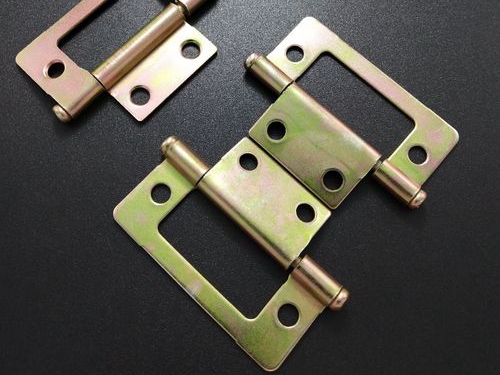
learn more
Galvanizing
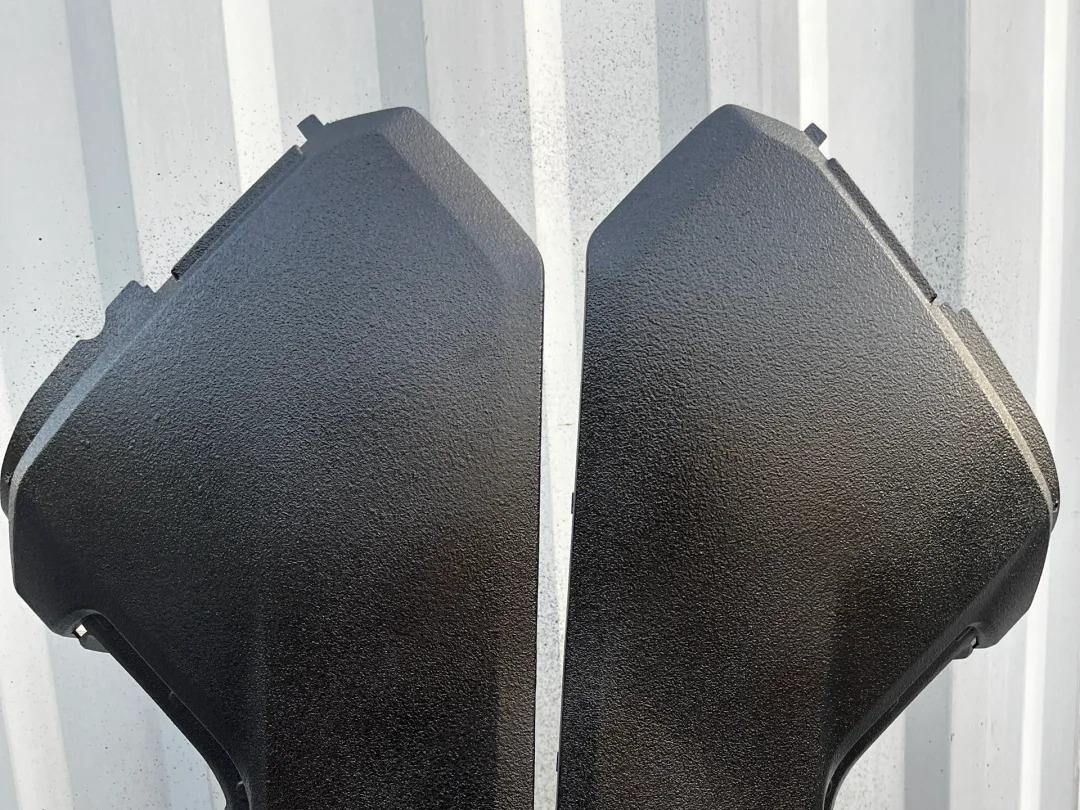
learn more
Lacquer Coating
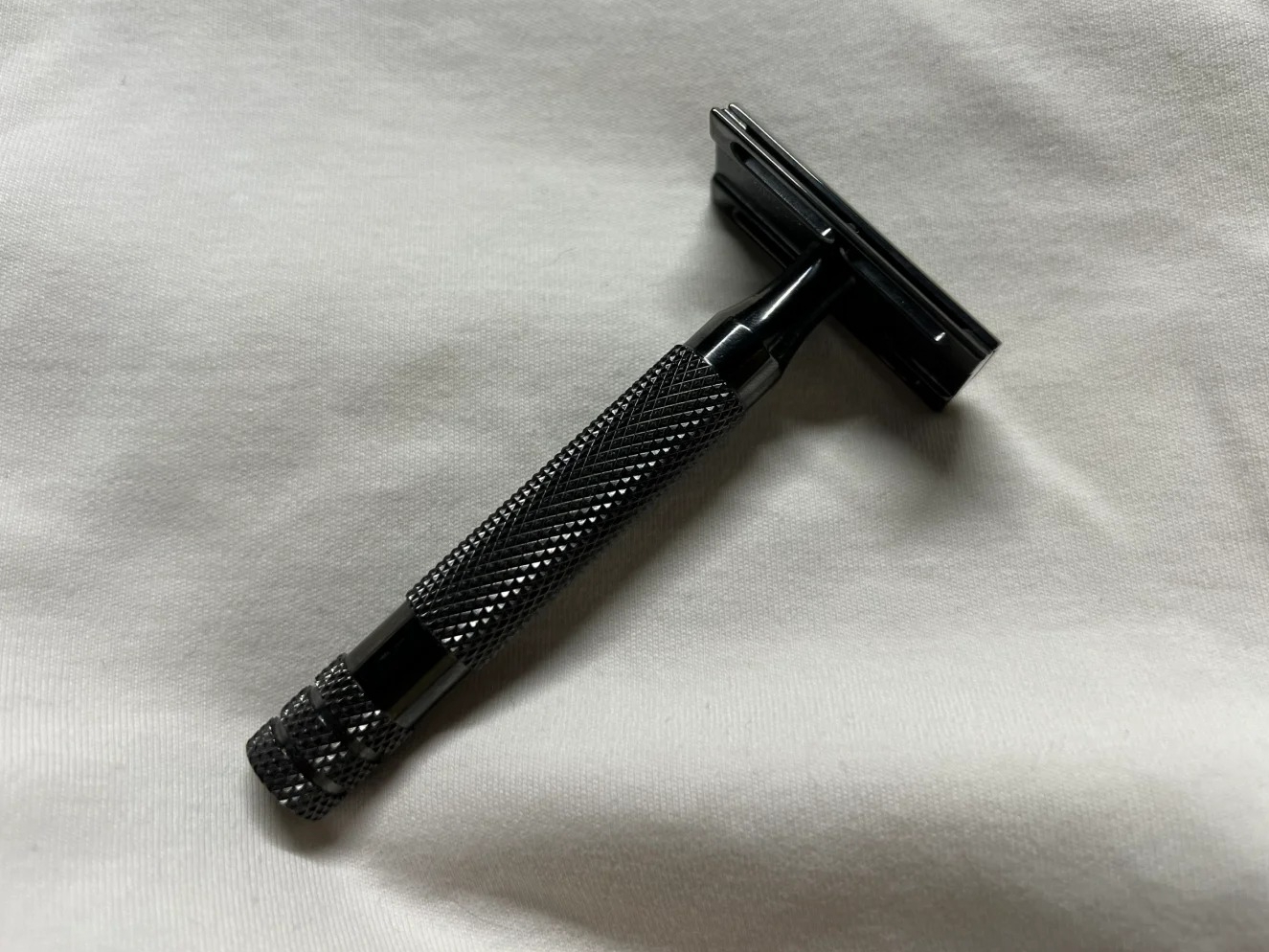
learn more
Teflon Coating
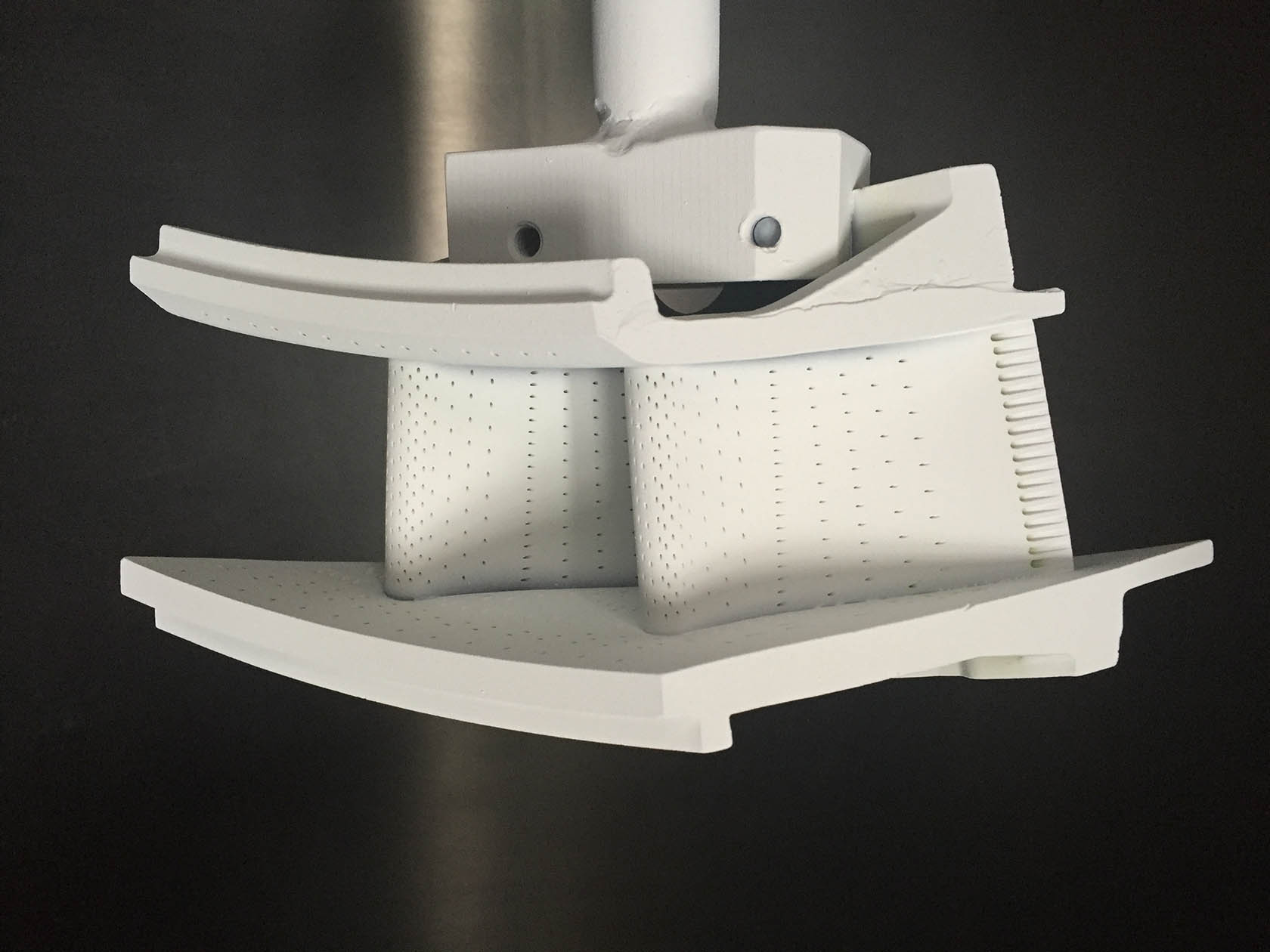
learn more
Thermal Coatings
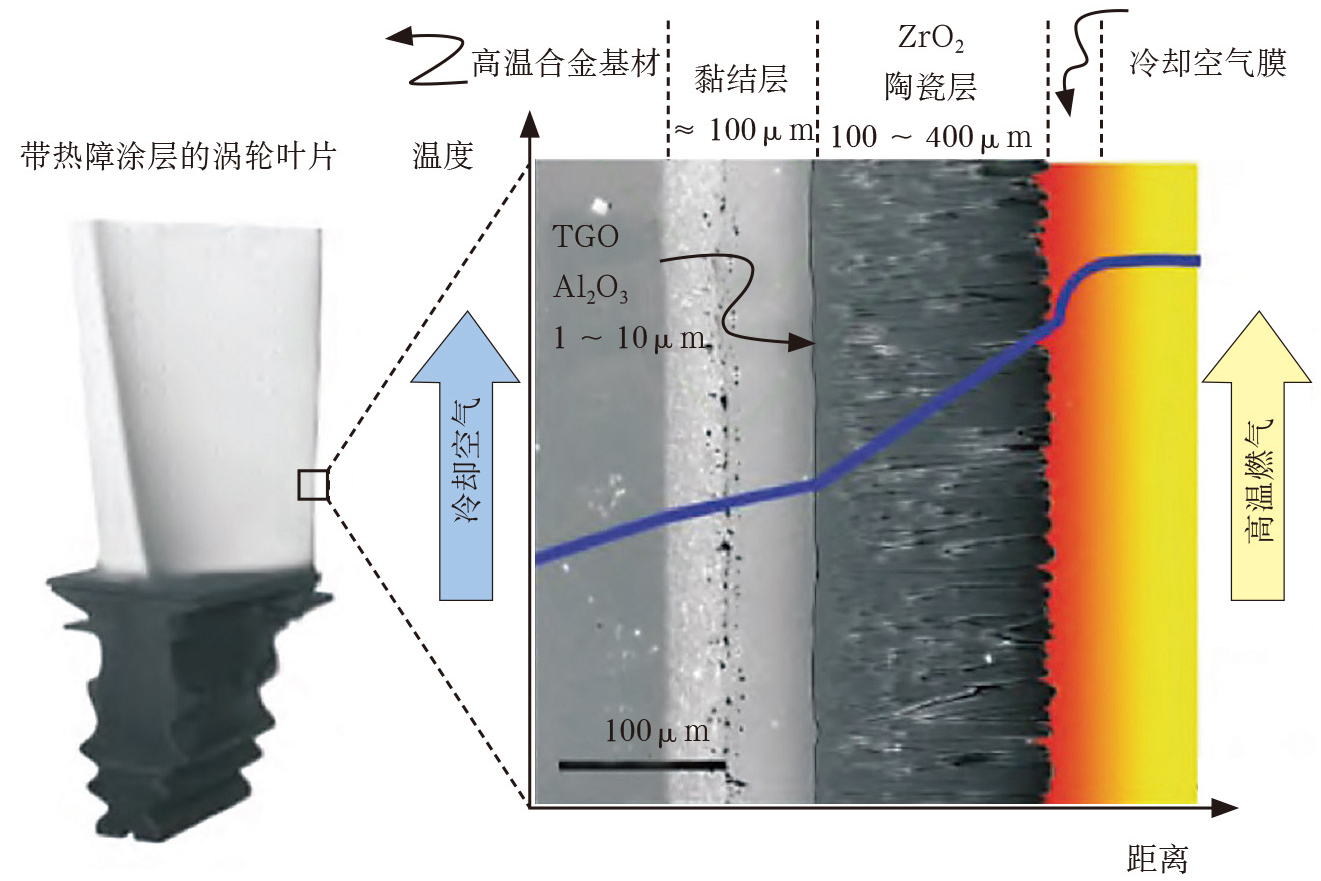
learn more
Thermal Barrier Coatings
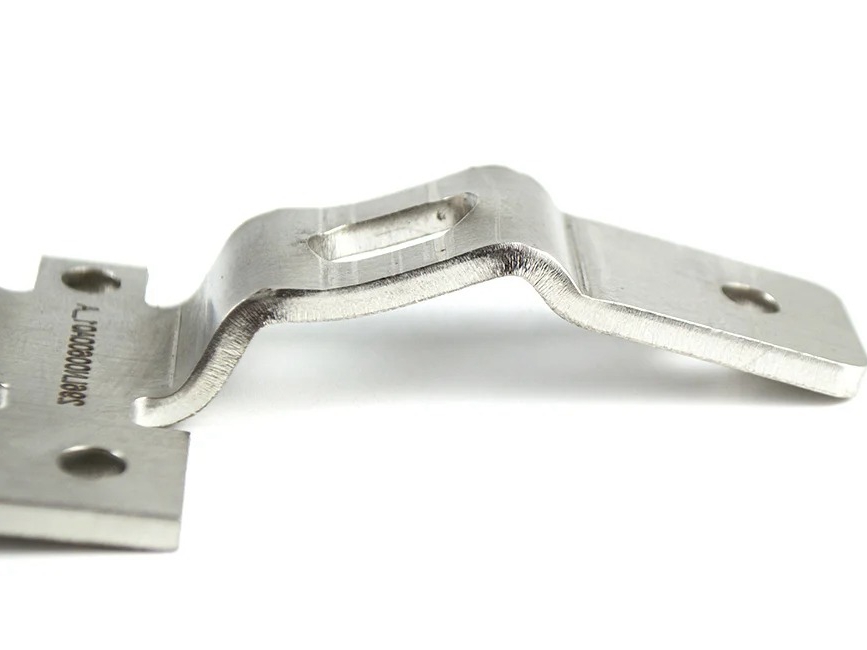
learn more
Passivation
Custom Parts Gallery
At our custom parts gallery, we understand that every project is unique. That's why we work closely with our customers to ensure that their custom parts are designed to meet their exact specifications. With our attention to detail and commitment to quality, you can trust that your custom parts will exceed your expectations.
Let's Start A New Project Today
Custom Metal Stamping Parts Design Guideline
These guidelines offer industry standard values for custom metal stamping parts. Follow these suggestions to achieve efficient forming, minimize tool wear, and optimize part quality while ensuring structural integrity and dimensional accuracy.
Frequently Asked Questions
Explore Related Resources
Solutions
Copyright © 2025 Neway Precision Works Ltd.All Rights Reserved.
